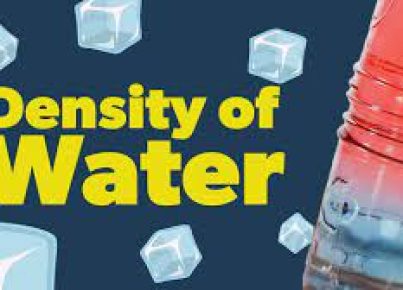Introduction
The soil beneath our feet is a fascinating and complex world that deserves exploration and understanding. Teaching children about the science of soil can inspire a sense of wonder and connection to the natural environment, while also developing important scientific concepts. This article will provide you with 20 engaging soil-related activities for elementary-aged kids to enjoy and learn from.
1. Soil texture test: Have the children find samples of different soil types and use their senses to describe and classify them based on texture.
2. Worm observation: Set up a worm habitat in a clear container, allowing children to observe worm behavior, teaching them the essential role they play in breaking down organic matter.
3. Soil erosion experiment: Using water, demonstrate how easily soil can be eroded by flowing water and discuss ways to prevent soil erosion.
4. PH test: Perform a pH test on different soil samples and discuss how it affects plant growth.
5. Compost creation: Teach children about composting by having them create their own composting pile using food scraps, leaves, and other organic materials.
6. Soil layers: Create a hands-on activity that illustrates the different layers of soil using food items like cake or pudding.
7. Seed germination test: Plant seeds in various types of soil samples to see which environments allow for the best seed germination rates.
8. Soil art: Have children use soil samples as natural paint, creating art while learning about the colors and textures found in different soils.
9. Fossil formation demonstration: Teach children about fossil formation by creating clay fossils and discussing how fossilized plants can be found in layers of sedimentary rocks.
10. Microorganisms study: Introduce children to the microorganisms living in the soil by conducting microscopic observations of samples.
11. Decomposition race: Add various organic materials to different containers of soil and track their decomposition over several weeks.
12. Soil filtering: Demonstrate the ability of soil to filter water by passing dirty water through a layered soil sample.
13. Root observation: Plant seeds in transparent containers so the children can observe how roots grow through different layers of soil.
14. Soil profile display: Have students create a three-dimensional display of a soil profile, including horizons and features.
15. Soil habitat diorama: Encourage children to design and create dioramas representing various organisms that live in the soil.
16. Mineral identification: Teach children about different minerals found in soils and their importance.
17. Rock sorting: Collect rocks from local soils and have students sort them based on size, shape, or type.
18. Make mud bricks: Use soil and water to make mud bricks, teaching children about the history of construction using natural materials.
19. Soil-inspired stories or poems: Encourage creative writing by having students compose stories or poems based on a prompt related to soil.
20. Field trip: Organize a field trip to a local farm, botanical garden, or nature reserve, where children can learn about different types of soil and plants firsthand.
Conclusion
Teaching elementary-aged kids about the science of soil encourages curiosity about the world around them while providing valuable hands-on learning experiences. These 20 activities offer exciting ways for children to explore this essential element of our ecosystem, laying the foundation for a life-long appreciation of nature and scientific discovery.





